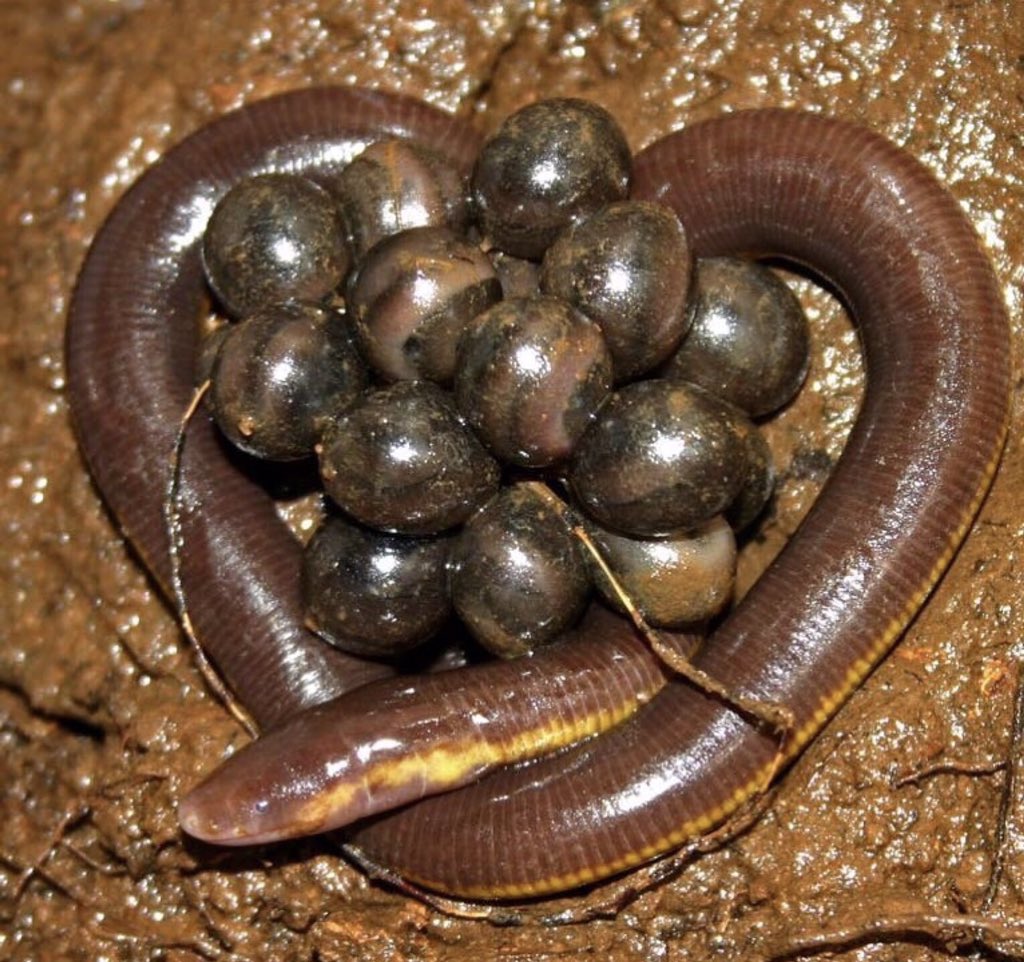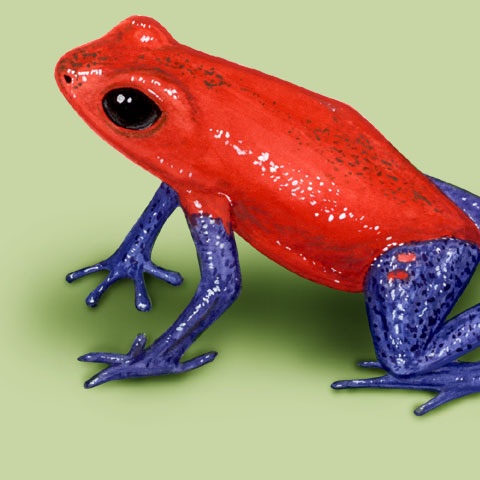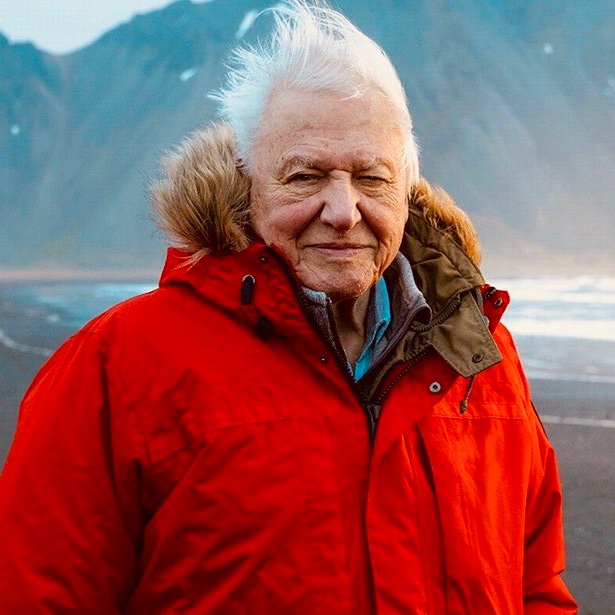"When it comes to dedicated mothering, #caecilians have got us beat. These tube-like #amphibians sacrifice the very skin off their backs (and pretty much everywhere else) to keep their squirming offspring well-fed".
"When a #mama caecilian is taking care of a brood, she grows an extra-thick outer layer of skin that's rich in nutrients and fat. Her writhing mass of noodle-like babies use specially adapted teeth to tuck into #mom's fat suit, using a "death roll" technique".
"It's a behaviour called dermatotrophy and caecilians #mothers seem to be the only creatures that do it".
"But that's just the egg-layers. About three-quarters of Caecilian species give birth to live young and they do things a little differently. Their babies develop teeth while they are still foetuses so that the little angels can munch on mum's reproductive organs before birth".
• • •
Missing some Tweet in this thread? You can try to
force a refresh















